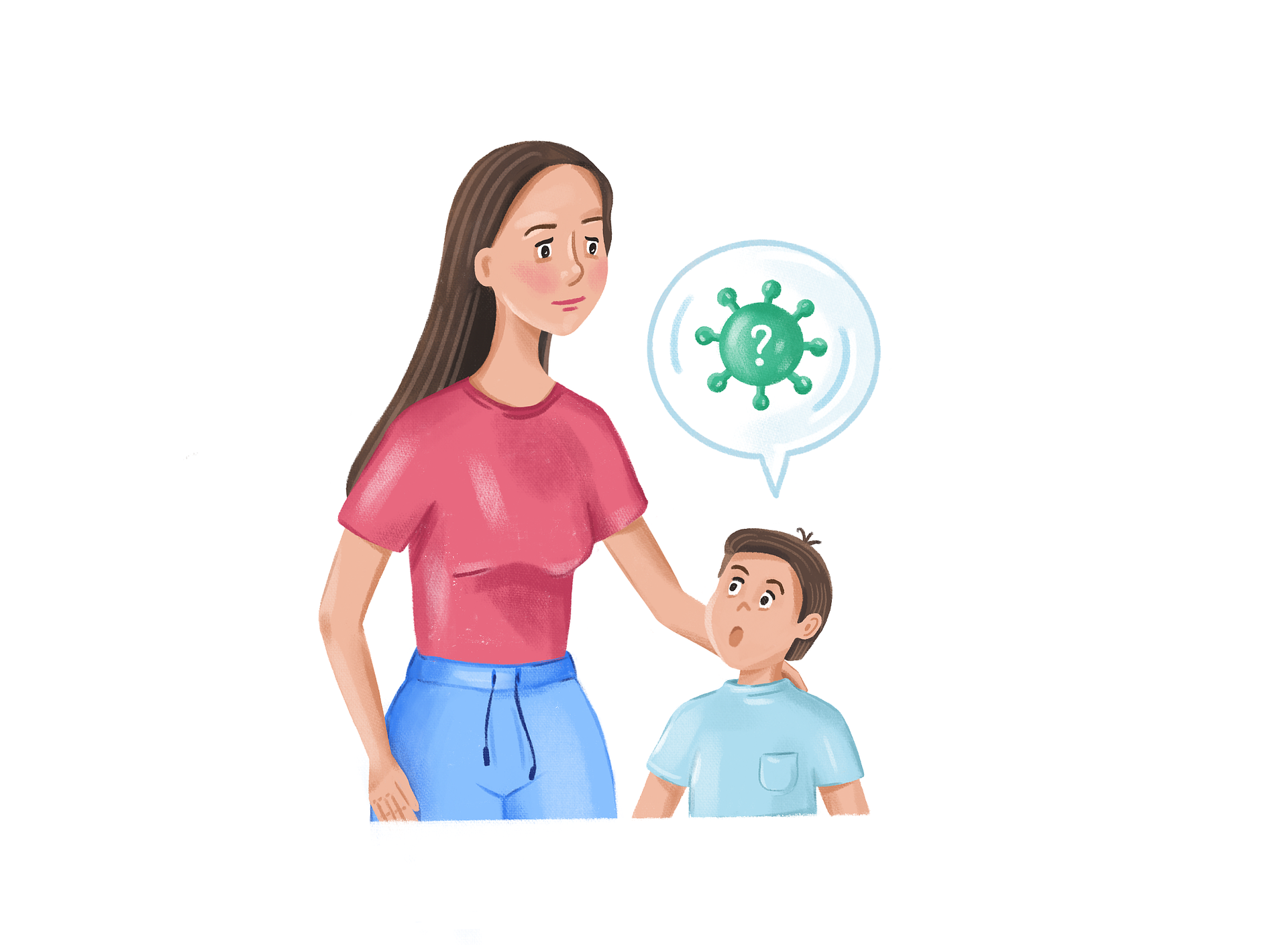Having a child with a speech delay can be filled with heartache, frustration, and joy. Along with the typical demands of a child, combined with not being able to communicate easily, it can be difficult. Not just for parents, but also the children. Failing to understand them can cause a meltdown or send them into a rage.
 Speech and language is a vital aspect of every child’s development. It influences their relationships, their academic achievements, and their overall well-being. When a child is faced with communication issues, it can hinder the developmental progress. Early intervention is key to empowering a child to thrive and overcome their challenges.
Speech and language is a vital aspect of every child’s development. It influences their relationships, their academic achievements, and their overall well-being. When a child is faced with communication issues, it can hinder the developmental progress. Early intervention is key to empowering a child to thrive and overcome their challenges.
Early intervention with speech therapy equips children with the necessary tools they need to communicate with confidence and reach their full potential. With specialized approaches and dedicated professionals, speech and language delays are recognized during critical development stages.
Research consistently shows early intervention for children with a speech delay can significantly improve their outcome in social interaction, communication skills, and academic success.
The purpose of a speech therapist is to identify and address speech issues, helping them overcome any communication challenges and encourage healthy development.
Recognizing the signs of a speech and language delay
The signs of a speech may include, difficulty understanding instructions, limited vocabulary, challenges with social interactions, and speech sound errors. As a parent, you should trust your instincts and seek advice from a professional with any concerns.
The speech therapist at First Words Speech Therapy develop individualized treatment plans based on evidence based techniques, tailored to meet the challenges of each specific child. We also work closely with families to provide ongoing support throughout the process.
Our therapist posses the experience and knowledge in providing early intervention speech and language therapy. They specialize in working with children of various communication needs and ages.


